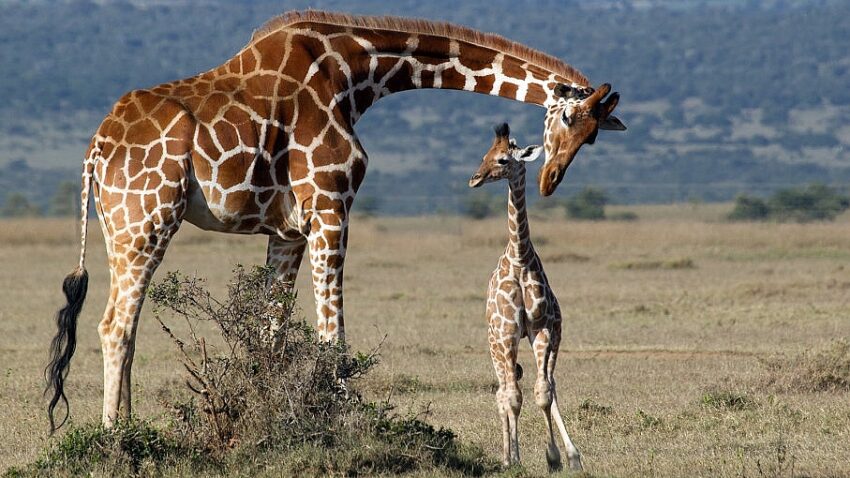The History of Domestication: How Dogs and Cats Became Human Companions
Today, dogs and cats are cherished members of households around the world. They sleep on our beds, share our routines, and provide emotional support. But their place beside us was not always guaranteed. The journey from wild animal to beloved companion is a story that spans thousands of years, shaped by survival, mutual benefit, and evolving bonds.
Let us explore how these two species took such different yet fascinating paths to become part of human life.
1. The First Domesticated Animal: The Dog
Dogs are believed to be the first animals ever domesticated by humans. Archaeological evidence suggests this bond began over fifteen thousand years ago, possibly earlier, during the Ice Age.
Dogs evolved from wolves that began to follow human hunter gatherers. These early wolves may have scavenged leftovers near human camps. Over time, those that were less aggressive and more tolerant of humans survived better. In return, humans gained alert companions that could guard, track prey, and offer warmth.
As generations passed, these wolves slowly changed. They became more social, more obedient, and eventually looked and behaved quite differently from their wild ancestors. This was the beginning of the domestic dog.
2. A More Independent Journey: The Cat
Cats took a different path. They were never trained to hunt or guard but instead chose to live near people on their own terms.
The first signs of cat domestication appear around nine thousand years ago in the Middle East. As humans began farming, grain attracted rodents, which in turn attracted wild cats. Humans tolerated the cats because they kept pests away, and the cats stayed because food was available.
Unlike dogs, cats domesticated themselves through a mutual, low conflict relationship. They were not bred for specific tasks until much later. Early domestic cats were almost identical to wild ones, and even today, many cats retain a strong independent streak.
3. Sacred and Symbolic Roles
Both dogs and cats gained symbolic and cultural importance across civilizations.
In ancient Egypt, cats were considered sacred. They were associated with the goddess Bastet and often mummified and buried with honor. Killing a cat was a serious crime.
Dogs, meanwhile, were used for hunting, herding, and protection in many cultures. In Greek and Roman times, they were also family companions. In some cultures, dogs were believed to guide souls into the afterlife.
4. From Workers to Family
Over the centuries, the roles of dogs and cats shifted. While some dogs still work as herders, hunters, or police helpers, most are now companions. Cats, once valued for pest control, are now adored for their charm and personality.
The rise of urban living, better veterinary care, and growing emotional awareness of animals all contributed to this transformation. By the nineteenth and twentieth centuries, pet keeping had become widespread, with dedicated food, toys, and even healthcare services.
5. What Domestication Really Means
Domestication is more than taming. It is a process through which animals are genetically and behaviorally shaped by humans over generations. Domestic animals tend to be calmer, more social, and more dependent on humans than their wild relatives.
In the case of dogs, this process was active and guided. With cats, it was passive and mutual. Yet both species found a place in the human world and changed because of it.
Conclusion
The domestication of dogs and cats is one of the oldest and most successful partnerships in human history. What began as a practical alliance became a deep emotional connection that continues to enrich lives today.
By understanding this shared journey, we not only appreciate our pets more, but we also recognize the unique power of trust, cooperation, and companionship across species.
